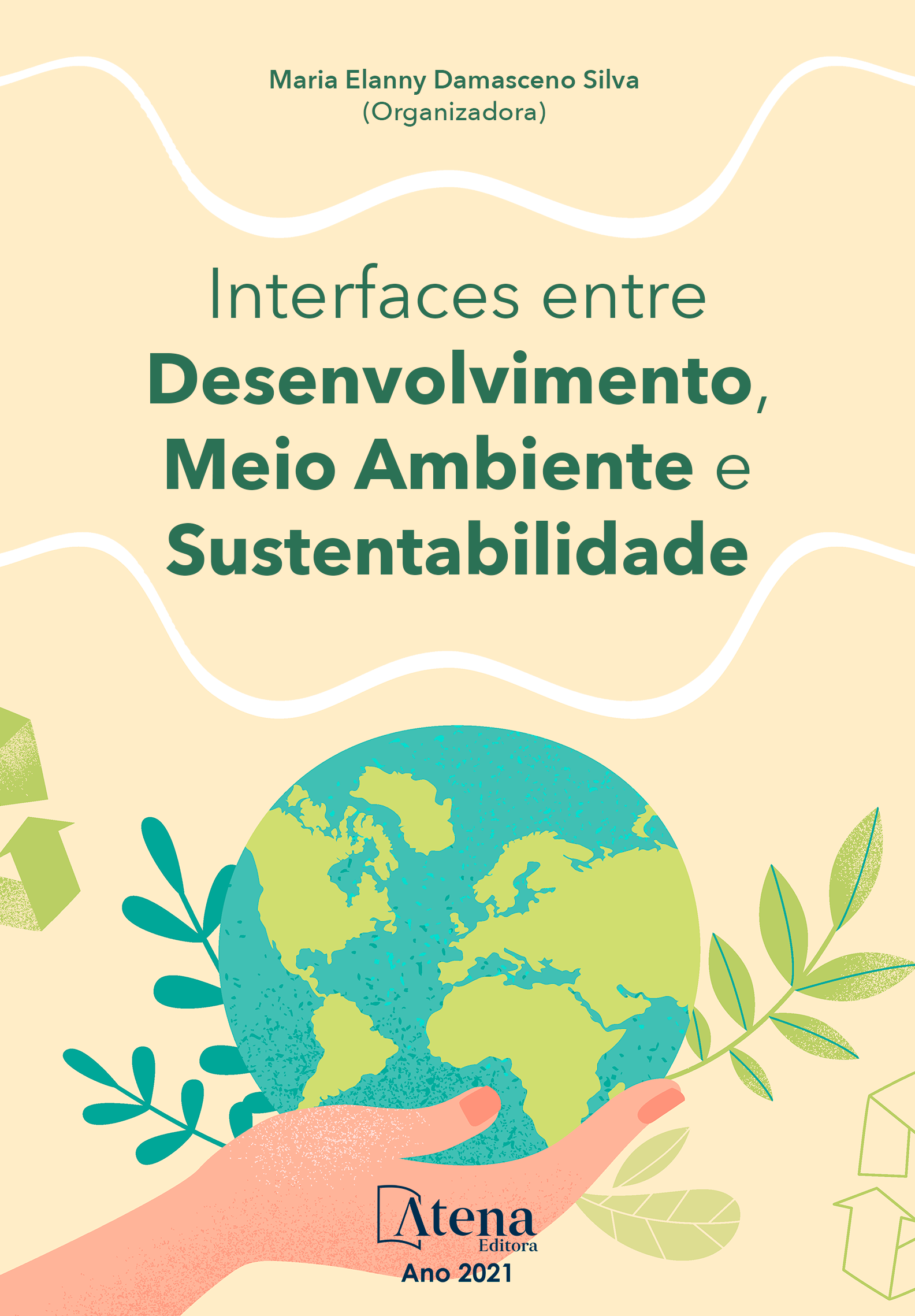
DESENVOLVIMENTO DE UM REATOR E APLICAÇÃO DE PROCESSO OXIDATIVO AVANÇADO COMO POLIMENTO FINAL PARA TRATAMENTO DE EFLUENTE INDUSTRIAL
O aumento da industrialização mundial trouxe consigo uma maior geração de efluentes. Geralmente, os tratamentos convencionais empregados não são suficientes para atenderem os limites exigidos pela legislação. Devido a este cenário, tem-se buscado métodos avançados para polimento final de efluentes industriais. Dentre estes métodos, estão os Processos Oxidativos Avançados (POAs), que possuem a capacidade de gerar radicais hidroxila altamente reativos, capazes de oxidar a matéria orgânica presente no meio. Sendo assim, este estudo teve por objetivo desenvolver e otimizar um reator contínuo de POAs para atuar como polimento final, utilizando um efluente industrial sintético de laticínios como meio de análise. Para isto, utilizou-se a técnica de irradiação ultravioleta combinado com peróxido de hidrogênio (UV/H2O2), sendo a radiação gerada por meio de lâmpadas de ação daylight. Verificou-se a influência do pH do meio (2, 7,4 e 12), o tempo de reciclo (1, 2 e 3 h) do efluente, cor, Demanda Química de Oxigênio (DQO), Nitrogênio Total e Carbono Orgânico Total (COT), mantendo-se constante o layout do reator e a concentração de H2O2 (10 ppm). O melhor tratamento foi obtido em um pH de 7,4 (sem ajuste) e um tempo de 3 h de ação do método, sendo possível remover 72,73% da DQO, 23,02% da cor, 19,07% do COT e 25,71% de Nitrogênio Total. O Tempo de detenção hidráulico (TDH) do reator foi de 0,113 h. O custo operacional do sistema em 3 h de aplicação, considerando os gastos energéticos e com o H2O2 foi de R$ 27,91/m³ e a demanda de energia por volume de efluente tratado de 54 kWh/m³. Dessa forma, verificou-se que esta proposta pode ser aplicada como um polimento final para efluentes industriais do ramo de laticínios, visto que a metodologia em estudo reduziu parâmetros importantes e monitorados pela legislação vigente.
DESENVOLVIMENTO DE UM REATOR E APLICAÇÃO DE PROCESSO OXIDATIVO AVANÇADO COMO POLIMENTO FINAL PARA TRATAMENTO DE EFLUENTE INDUSTRIAL
-
DOI: 10.22533/at.ed.60121110313
-
Palavras-chave: Processos oxidativos avançados. Tratamento de efluentes. Laticínios. Legislação ambiental.
-
Keywords: Advanced oxidative processes. Wastewater treatment. Dairy products. Environmental legislation.
-
Abstract:
The increase in global industrialization brought with it a greater generation of wastewaters. Generally, the conventional treatments used are not enough to meet the limits required by law. Due to this situation, advanced methods for final polishing of industrial effluents have been sought. Among these methods are the Advanced Oxidative Processes (AOPs), which can generate highly reactive hydroxyl radicals, capable of oxidizing the organic matter present in the medium. Therefore, this study aimed to develop and optimize a continuous AOP reactor to act as a final polishing, using a synthetic industrial dairy effluent as a means of analysis. For this, the ultraviolet irradiation technique combined with H2O2 (UV/H2O2) was used, the radiation being generated by daylight action lamps. Has been verified the influence of the pH of the medium (2, 7.4 and 12), the recycling time (1, 2 and 3 h) of the effluent at a constant flow rate of 40 L/h, color, Chemical Oxygen Demand (COD), Total Nitrogen and Total Organic Carbon (COT), keeping the reactor layout and the concentration of H2O2 (10 ppm) constant. The best treatment was obtained at a pH of 7.4 (without adjustment) and a time of 3 h of action of the method, being possible to remove 72.73% of COD, 23.02% of color, 19.07% of COT and 25.71% Total Nitrogen. The hydraulic holding time (TDH) of the reactor was 0.113 h. The operating cost of the system in 3 h of application, considering energy expenses and H2O2 was R$ 27.91/m³ and the energy demand for 54 kWh/m³ treated effluent volume. Thus, it was found that this proposal can be applied as a final polishing for industrial effluents in the dairy industry, since the methodology under study reduced important parameters and monitored by current legislation.
-
Número de páginas: 19
- Cassiano Ricardo Brandt
- Ani Caroline Weber
- Sabrina Grando Cordeiro
- Ytan Andreine Schweizer
- Bruna Costa
- Aline Viana
- Elisete Maria de Freitas
- Eduardo Miranda Ethur
- Lucélia Hoehne


